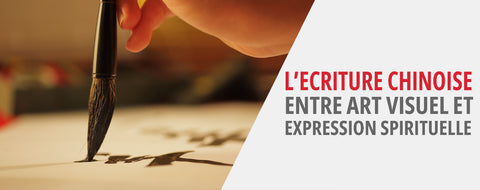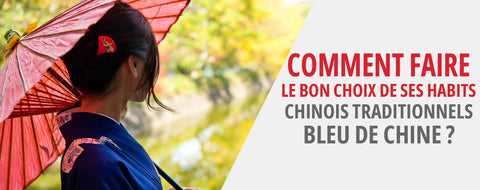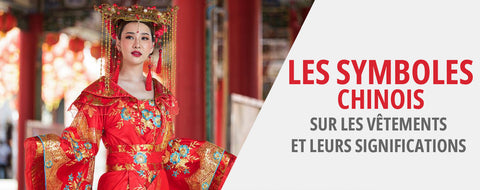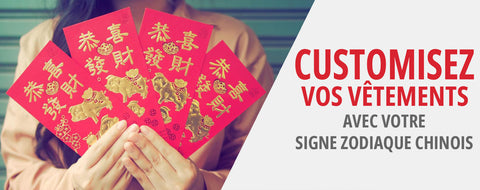
The History of Feng Shui
reading - words
Feng Shui before the Qin Dynasty
Before the Qin Dynasty, theancient art of Feng Shui was then known as Xiangdi, which means "observation and appreciation of the earth". Its precepts allowed one to correctly choose building sites, temple locations, shrine locations and even find fertile land. It was during this period that the basic principles Feng Shui were laid down. The location of the buildings was then decided according to the position surrounding rivers and the buildings were often built on high ground. They were oriented in a north/south direction, with the back of the house facing north, and care was taken to protect this part from the cold north winds by a mountain, a hill or a few trees.
It was also during the Zhou Dynasty (11th century BC - 246 BC) that a book formulating the basic rules of Feng Shui appeared, known as Zhan Bu, Or The Classic of Changes. From 475 to 221 BC, this book was studied in detail by Feng Shui experts and thus laid the foundations for this ancestral philosophy. In addition to its influence. It is even one of the oldest Taoist works, which makes Feng Shui one of the arts of Taoism in the same way as Chinese medicine or acupuncture.

Feng Shui during the Qin Dynasty
The Qin Dynasty (221-207 BC) heralded the study of "Dimai": the study of the ridges and valleys of mountain ranges by geographers. It was during this period that some of humanity's greatest construction projects were undertaken, such as the Great Wall of China. It was at this time that the people of the Qin Dynasty developed the ritual of burial and selected sites for their ancestors according to favorable criteria. The dead were buried with their heads facing west and the tomb itself facing east. One theory suggests that this was because the Qin dynasty tended to expand eastward to the coast and so they buried their dead pointing toward their ancestral homeland as a sign of respect. Furthermore, at the Yin and of Yang, east represents the energy of the newborn (Yang) and west represents the older life (Yin) and the passage to the other world. Life is linked to the North/South orientation, which is why the ideal location for a bed is oriented towards the north (towards the north pole). The opposite is true if you live south of the equator (i.e. the bed should be oriented towards the south pole).
Feng Shui during the Han Dynasty
The Western Han and Xin Dynasties
During the Han (206 BC-9 AD) and Xin (9-24) dynasties, the study of heaven and earth was undertaken, and the combined study of the geography and of astrology thus appeared. Detailed maps and drawings of peaks, ridges, valleys and rivers were made, as well as sky maps.

The Eastern Han Dynasty
During the Eastern Han Dynasty (25-220) many techniques and customs were developed and passed down from one Feng Shui master to another. It was during this period that the roots of Feng Shui really took hold. Some of its fundamental ideas, such as the placement of burial sites or accommodation located so as to ensure a prosperity maximum to families have been developed and theorized.
Feng Shui during the Three Kingdoms Period
The Three Kingdoms period spanned from 220 to 280 AD. It included the Wei period (220-265), the Shu period (221-263), and the Wu period (222-280). It was during this time that the Shui Jing : The Commentary on the Water Classic. This is a work on the ancient geography of China, describing the traditional understanding of its ancient waterways and canals.
Feng Shui during the Southern Dynasty
The Southern Dynasty (420 - 589) was also interested in burial sites and the rituals associated with them. During this period, there was extensive use of Shui Jing to better understand the many waterways of China, providing a vast array of information for Feng Shui masters on the harmony between land and buildings.
Feng Shui during the Sui, Tang and Five Dynasties
During the Sui (581 - 618), Tang (618 - 907) dynasties and the Five Kingdoms period (907 - 979), the art of Feng Shui became more rigorous and more scientist. Different views were expressed within the Feng Shui community, which sparked much debate and discussion. The use of Feng Shui on tombs was now commonplace. cultural arts were held in very high esteem at the time and the influence of Feng Shui was now felt even in the borderlands of the Empire. Around 600 AD, the famous Water Dragon Classic was written, establishing the foundations of Feng Shui's relationship to waterways. During the Five Dynasties period, the practice of Feng Shui differentiated into 2 distinct areas : Yinzhai, the residence of the dead and Yangzhai, the residence of the living.
Feng Shui during the Song Dynasty
The Song Dynasty, consisting of the Northern Song (960 - 1127) and the Southern Song (1127 - 1279), heralded the progress of technology and scientific and geographical knowledge.
Feng Shui then helped to make decisions such as the construction of building sites, burial sites and the irrigation of land which together had a huge impact on world architecture.
It was also at this time that Feng Shui divided into two major schools:
- The school of form, which deals with the assessment of topography, geography and waterways.
- The Compass School, or compass school which seeks to regulate Qi energy.
The school of form
Feng Shui of the school of forms is the basis of Feng Shui in practice since it helps us to orient spaces according to the natural flow of energy Qi, Or Who, mountains and hills, and bodies of water. Using these characteristics of land and water as a guide, the School of Form gives us basic guidelines for how life can be integrated and harmonized within the environment. The School of Form was further improved and refined in 888 through the teachings and practice of Yang Yun Sung, who was at the time an advisor to the Emperor. By continuing his work with the Form School, Sung laid the foundations for the Compass School. His work was refined some 100 years later by Wang Chih, whose works are now considered the essential texts upon which the modern Compass School was built.
The Compass School
The compass school, as its name suggests, used a specific type of compass: the Luo Pan. Incidentally, the compass itself was invented by the Chinese in the fourth century BC, to help one be more precise in the practice of Feng Shui. In addition, this school used models astrological and the numerology to determine the location of a new home.
From the 10th century onwards, precise mathematical calculations relating to the cardinal points appeared. Since Antiquity, the Chinese wise men knew the relationship between the Earth's gravitational field and its effects on animals and humans.
The Luo Pan compass was designed as a calculator to save the Feng Shui expert time in his search for architectural locations, and also helped him determine the relationship between Man, Earth and the heavens. The compass school originated in northern China, where the relatively flat nature of the terrain required the development of a different method than the form school.

Feng Shui during the Qing Dynasty
During the Qing Dynasty (1644 - 1911), all buildings built in northern China were built in accordance with the principles of Feng Shui. For example: all the entrance doors of courtyard houses were located in the front left corner of the courtyard, this is called the "green dragon gate". The imperial court of the Qing Dynasty even named a city after one of the poems of Guo Pu, Feng Shui Master of 276 - 324 AD, showing the importance of this philosophy.
Throughout the Ming and Qing Dynasties and the years of the Republic of China (1911 - 1949), many Feng Shui techniques were developed. Among these methods are some that are still very popular today:
- The Flying Star Method (aka "Fei Xing")
- The Eight Houses Method (or "Ba Zhai")
- The triple mixed school (aka "San He")
- The School of Destiny Number (aka "Ming Kwa")
- The Chinese Horoscope (aka "4 Pillars of Destiny") and
- Purple Palace Astrology (aka "Tzu Wei")
Feng Shui Today
There cultural revolution (1966 - 1976) witnessed a great upheaval in China and at this time, the Old Order belief systems such as Feng Shui were banned. Naturally, Feng Shui is still very much alive in China today, with many universities teaching its precepts and conducting research. For example, one of the concepts of Feng Shui is to bring nature and flowers into your environment, this concept is not limited to traditional fresh flowers. In fact, you will find the representation of flowers in many decorative objects these days, such as floral duvet covers which will wonderfully decorate your room in the image of Feng Shui

A relatively recent example of the application of Feng Shui concerns a government building in Guangdong province which, in 1990, had a reputation for having poor harmonization Feng Shui due to a number of accidents and deaths. With the help of Feng Shui experts, many changes were then made.
Today, Feng Shui has gained many followers around the world and is playing an increasingly important role in the business world where Feng Shui consultations are flourishing. From Hong Kong to New York, city skylines are constantly changing, increasingly under the watchful eye of Feng Shui masters. You too can decide to add Feng Shui to your relaxing home. zen statues.





